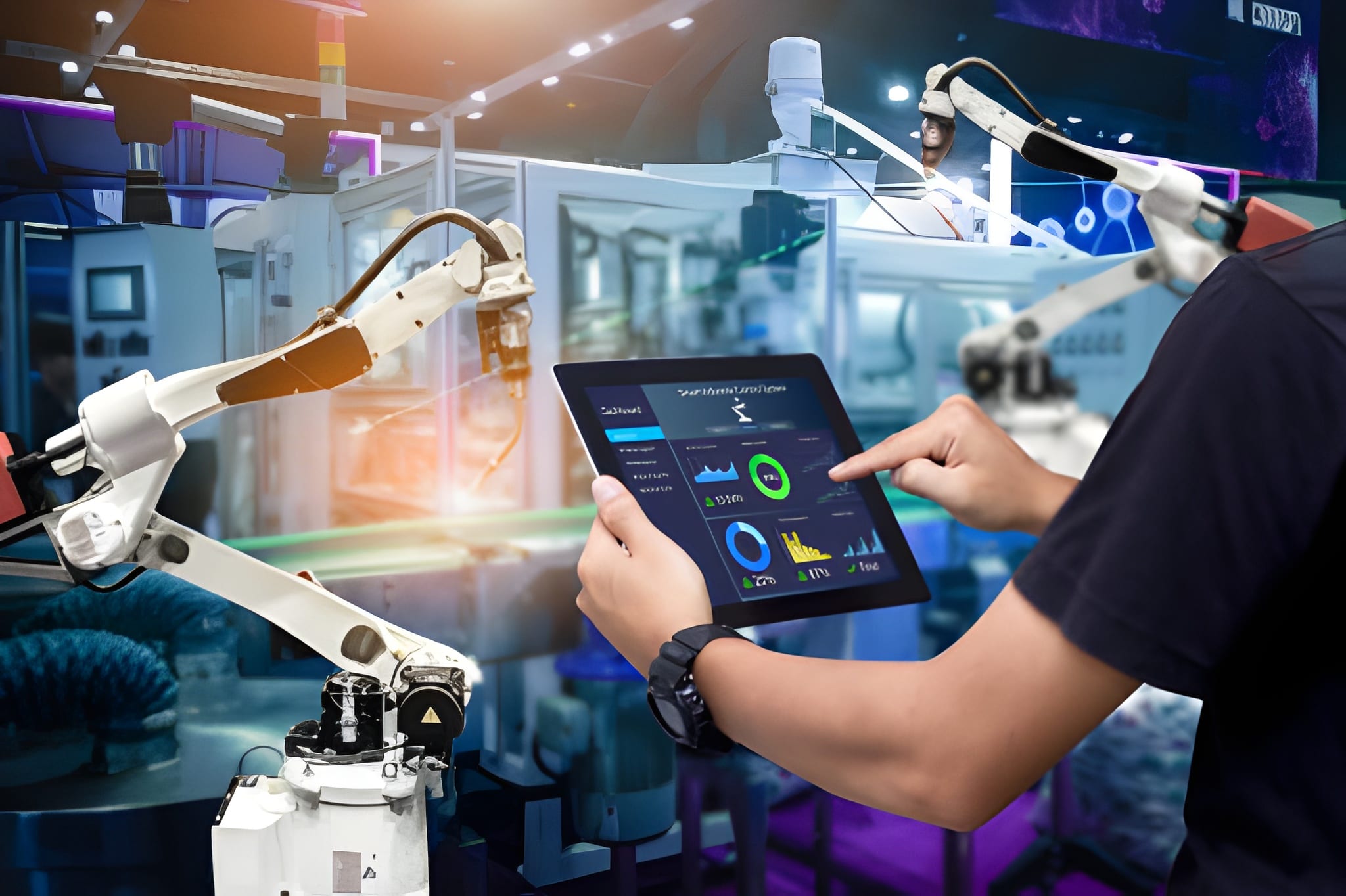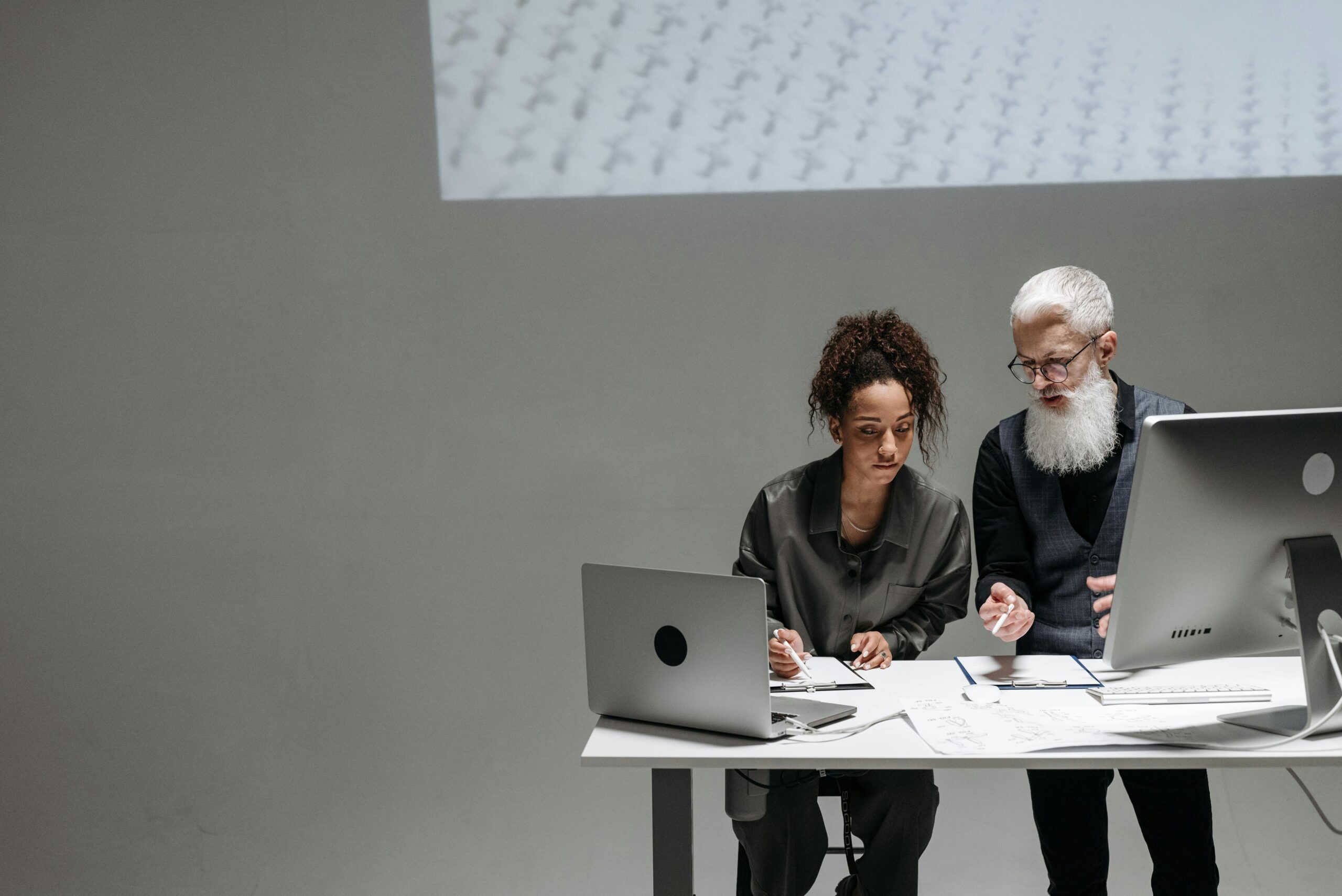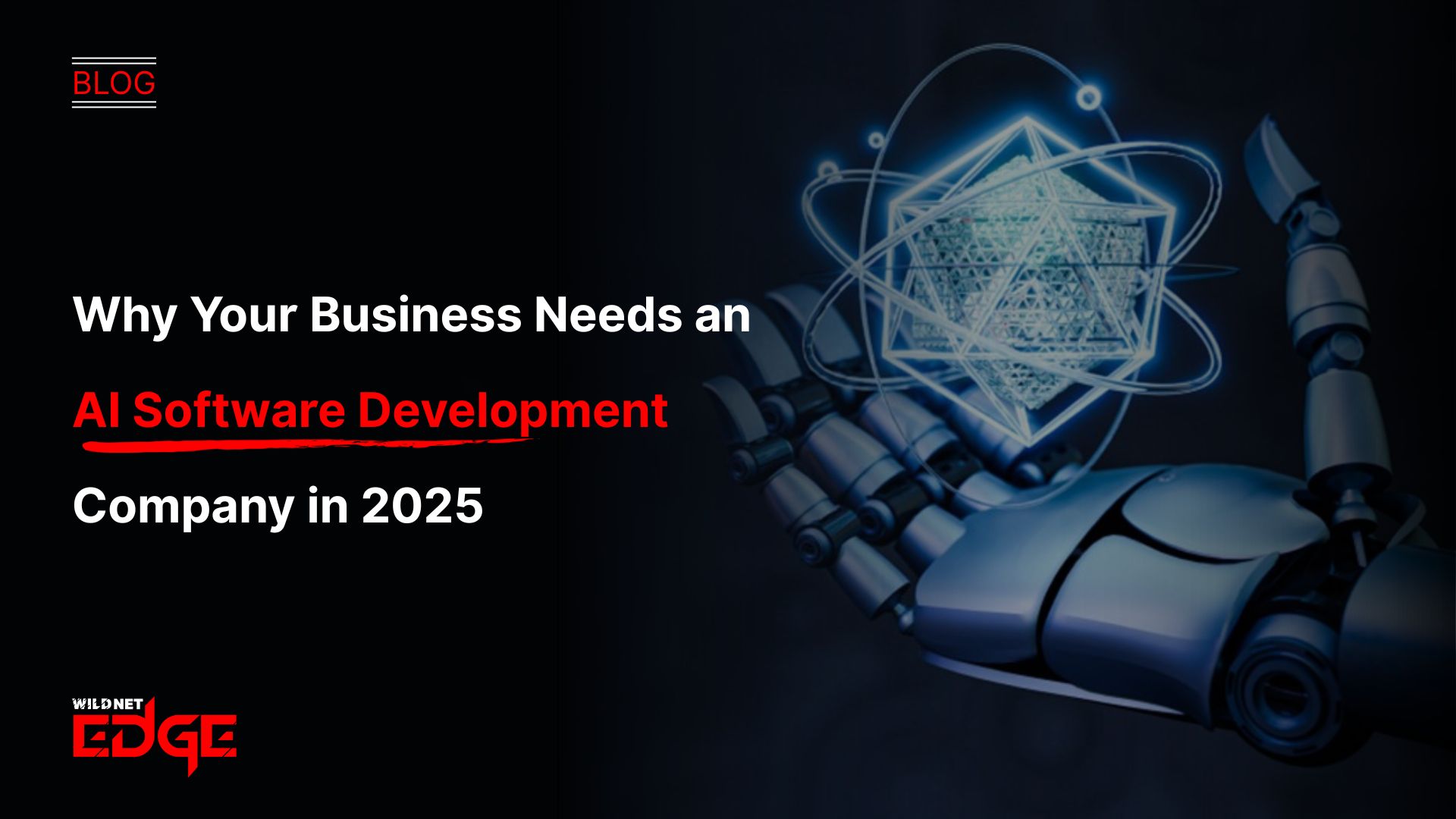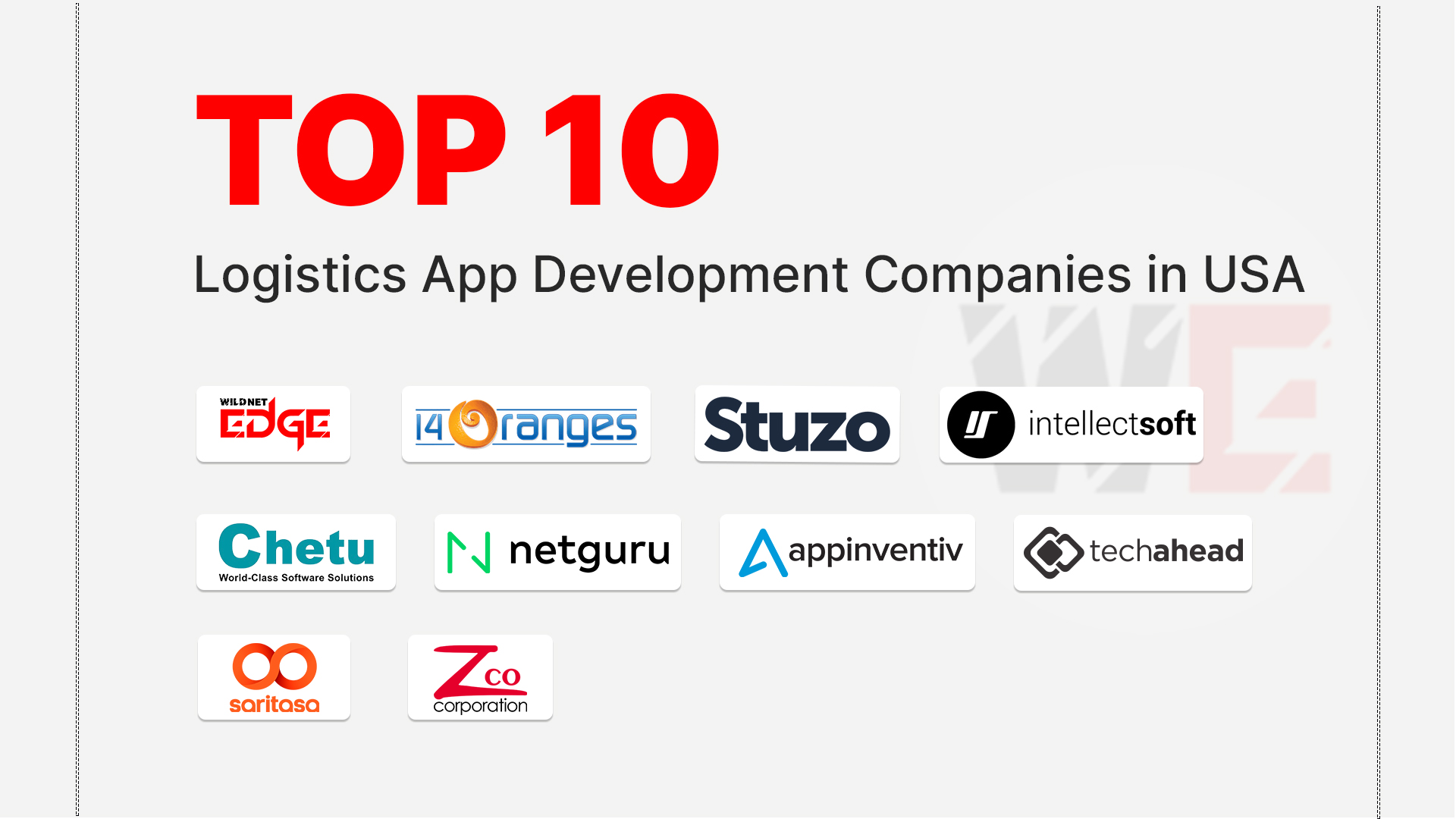For centuries, the practice of medicine has been largely reactive. A patient feels unwell, they visit a doctor, a diagnosis is made, and a treatment plan is prescribed. This model, which has served humanity for generations, is built around treating sickness after it has already occurred. But what if we could shift from a system of sick care to one of genuine healthcare? What if we could proactively monitor wellness, detect the earliest warning signs of disease, and provide continuous, personalized care outside the four walls of a hospital? This is the transformative promise of the Internet of Things (IoT) in healthcare.
By connecting patients, providers, and medical devices through a seamless network of real-time data, IoT is fundamentally reshaping the patient care paradigm. The development and adoption of IoT healthcare apps is at the very heart of this revolution, creating a more connected, efficient, and patient-centric ecosystem. This guide will explore the profound impact of this technology, the key applications that are changing lives, and the strategic considerations for any organization looking to innovate in this exciting space.
What is IoT in Healthcare?
The Internet of Things (IoT) in healthcare, often referred to as the Internet of Medical Things (IoMT), is the growing ecosystem of interconnected medical devices, sensors, software applications, and health systems. These connected medical devices are designed to collect, transmit, and analyze a vast array of real-time patient health data. This data can range from vital signs like heart rate and blood pressure to more specific metrics like glucose levels, oxygen saturation, and even medication adherence.
The power of this ecosystem lies in its ability to create a continuous and comprehensive picture of a patient’s health, rather than relying on the sporadic snapshots of data gathered during a traditional doctor’s visit. This constant stream of information enables a monumental shift from reactive to proactive care, allowing clinicians to identify potential health issues long before they become critical events. Building the complex software platforms that can securely manage and interpret this sensitive data requires deep expertise from a specialized IoT Development Company.
Relevance in 2025: A New Standard of Care
The adoption of IoT healthcare apps and connected medical devices has moved from a niche innovation to a mainstream necessity in 2025. Several powerful forces are driving this acceleration. An aging global population and the rising prevalence of chronic diseases like diabetes and hypertension have created an urgent need for more efficient and effective long-term care models. IoT-powered remote patient monitoring is the most viable solution to this challenge.
Furthermore, the global COVID-19 pandemic acted as a massive catalyst, forcing a rapid and widespread adoption of virtual care models. This has permanently shifted patient expectations. Consumers now demand the convenience and accessibility of remote consultations and home-based monitoring. The rise of telehealth IoT is a direct response to this demand, creating a new standard of care where geography is no longer a barrier to receiving high-quality medical attention.
Benefits of IoT Healthcare Apps
The impact of this technology is felt across the entire healthcare spectrum, delivering significant benefits to patients, providers, and the healthcare system as a whole.
Remote Patient Monitoring (RPM)
This is arguably the most impactful application of IoT in healthcare today. Through a network of connected medical devices in a patient’s home—such as smart blood pressure cuffs, continuous glucose monitors, or wearable ECG patches—clinicians can continuously track the vital signs of patients with chronic conditions. The data is transmitted securely to a central platform where it can be monitored by care teams. This allows for early intervention if a patient’s metrics begin to trend in a dangerous direction, dramatically reducing the risk of emergency situations and costly hospital readmissions.
Enhanced Telehealth and Virtual Consultations
The rise of telehealth IoT is transforming the simple video call into a data-rich clinical encounter. Imagine a cardiologist conducting a virtual consultation while simultaneously viewing the patient’s real-time ECG data streamed from a wearable sensor. Or a pulmonologist adjusting a patient’s treatment plan based on live data from a smart spirometer. This integration of real-time patient data makes virtual visits more effective, accurate, and clinically valuable, bridging the gap between a remote consultation and an in-person visit.
Improved Medication Management
Medication non-adherence is a massive and costly problem in healthcare. IoT offers several innovative solutions. Smart pill dispensers can be programmed to release the correct dose at the correct time, sending a notification to the patient’s smartphone. If a dose is missed, the device can automatically alert a family member or caregiver. This technology is particularly valuable for elderly patients or those with complex medication regimens, ensuring they stay on track with their treatment plans.
Data-Driven Preventive Care
The continuous data stream from IoT healthcare apps provides an unprecedented opportunity for preventive medicine. By applying machine learning algorithms to this long-term data, it’s possible to identify subtle patterns and early warning signs that might precede a major health event like a heart attack or a diabetic crisis. This allows care teams to intervene proactively with lifestyle recommendations or adjustments to a treatment plan, potentially preventing the event from ever occurring.
Types of Connected Medical Devices
The ecosystem of IoT in healthcare is vast and growing. These devices can be broadly categorized based on their use case.
- Consumer Wearables: This includes smartwatches like the Apple Watch, fitness trackers, and smart rings that monitor activity levels, heart rate, sleep patterns, and even blood oxygen levels.
- Clinical-Grade Wearables: These are prescription-based, FDA-approved devices designed for more accurate and specific monitoring, such as wearable ECG patches or continuous glucose monitors (CGMs).
- In-Home Monitoring Devices: This category includes smart blood pressure cuffs, digital stethoscopes, smart scales, and other devices that allow patients to capture their vital signs at home and transmit them to their provider.
- In-Hospital Devices: Within the hospital setting, IoT is used for everything from smart beds that monitor a patient’s movement and vitals to connected infusion pumps that ensure accurate medication delivery and sensors that track the real-time location of critical medical equipment like ventilators.
How to Develop Secure and Compliant IoT Healthcare Apps
Building technology for the healthcare industry carries an immense responsibility. The process is governed by strict regulations and requires an unwavering focus on security and usability.
First and foremost is prioritizing security and data privacy. The Health Insurance Portability and Accountability Act (HIPAA) in the United States sets a high bar for protecting patient data. Any IoT healthcare app must be built with end-to-end encryption, secure user authentication, and a robust, HIPAA-compliant cloud infrastructure. This is a complex undertaking that requires the expertise of a Custom Software Development Company with deep experience in the healthcare domain.
Next is ensuring interoperability. The healthcare ecosystem is filled with different electronic health record (EHR) systems and medical devices. A successful IoT solution must be able to securely communicate and exchange data with these other systems. Finally, the user experience for both the patient and the clinician must be incredibly intuitive. Patients using these apps may be elderly or not technically savvy, so the interface must be simple and foolproof. This user-centric approach is a hallmark of a skilled Product Development Company. For startups entering this space, a focus on these principles is critical, making a partnership for Software Development for Startups a strategic choice.
Conclusion
The integration of IoT into healthcare is more than just a technological trend; it represents a fundamental shift in how we approach wellness and patient care. By moving the point of care from the clinic to the home and transforming sporadic data collection into a continuous stream of insight, IoT is creating a healthcare system that is more proactive, personalized, and efficient. It is empowering patients to take a more active role in managing their own health and providing clinicians with the tools they need to deliver better care to more people.
At Wildnet Edge, we see this as the dawn of intelligent healthcare. Our AI-first approach recognizes that IoT devices are the powerful “senses” of this new ecosystem, but artificial intelligence is the “brain.” We build intelligent IoT healthcare apps that go beyond simply reporting data. By applying machine learning, our platforms can analyze the vast stream of information from connected medical devices to predict a potential health crisis before it happens, personalize treatment plans based on a patient’s unique data, and provide clinicians with the actionable insights they need to make life-saving decisions. We are building the future of healthcare—a future that is not just connected, but truly intelligent. Many of these platforms are delivered as cloud-based services, a specialty of a SaaS Development Company.
FAQs
Telehealth is the broad practice of providing healthcare remotely, typically using video conferencing. Telehealth IoT is an evolution of this, where a telehealth consultation is enhanced with real-time health data streamed from a patient’s connected medical devices, making the virtual visit more clinically valuable.
Examples include apps connected to continuous glucose monitors for diabetic patients, apps that collect data from smart blood pressure cuffs for those with hypertension, and apps linked to wearable ECG monitors for patients with heart conditions.
IoT is a game-changer for chronic disease management. It allows for continuous remote patient monitoring, enabling care teams to track a patient’s condition in real-time, provide timely interventions, and adjust treatment plans without requiring frequent in-person visits.
Security is a top priority and a major challenge. Reputable connected medical devices and their associated apps must be designed with robust security features, including end-to-end data encryption and secure authentication, and must comply with strict healthcare regulations like HIPAA to protect patient privacy.
It creates a better experience by making healthcare more convenient, personalized, and proactive. It reduces the need for travel and hospital visits, empowers patients with more information about their own health, and provides peace of mind knowing that their condition is being monitored continuously by their care team.

Nitin Agarwal is a veteran in custom software development. He is fascinated by how software can turn ideas into real-world solutions. With extensive experience designing scalable and efficient systems, he focuses on creating software that delivers tangible results. Nitin enjoys exploring emerging technologies, taking on challenging projects, and mentoring teams to bring ideas to life. He believes that good software is not just about code; it’s about understanding problems and creating value for users. For him, great software combines thoughtful design, clever engineering, and a clear understanding of the problems it’s meant to solve.
 sales@wildnetedge.com
sales@wildnetedge.com +1 (212) 901 8616
+1 (212) 901 8616 +1 (437) 225-7733
+1 (437) 225-7733































